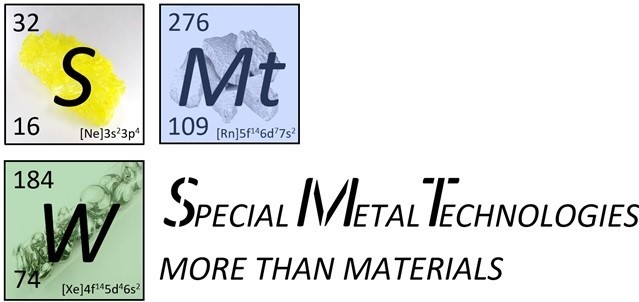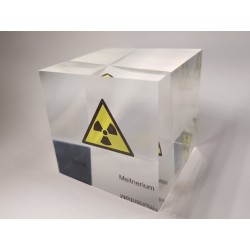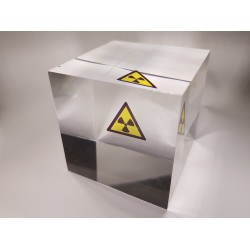- Shop
- Acrylic cubes
-
Elements
- Hydrogen
- Helium
- Lithium
- Beryllium
- Boron
- Carbon
- Nitrogen
- Oxygen
- Fluorine
- Neon
- Sodium
- Magnesium
- Aluminium
- Silicon
- Phosphorus
- Sulfur
- Chlorine
- Argon
- Potassium
- Calcium
- Scandium
- Titanium
- Vanadium
- Chromium
- Manganese
- Iron
- Cobalt
- Nickel
- Copper
- Zinc
- Gallium
- Germanium
- Arsenic
- Selenium
- Bromine
- Krypton
- Rubidium
- Strontium
- Yttrium
- Zirconium
- Niobium
- Molybdenum
- Technetium
- Ruthenium
- Rhodium
- Palladium
- Silver
- Cadmium
- Indium
- Tin
- Antimony
- Tellurium
- Iodine
- Xenon
- Cesium
- Barium
- Lanthanum
- Cerium
- Praseodymium
- Neodymium
- Promethium
- Samarium
- Europium
- Gadolinium
- Terbium
- Dysprosium
- Holmium
- Erbium
- Thulium
- Ytterbium
- Lutetium
- Hafnium
- Tantalum
- Tungsten
- Rhenium
- Osmium
- Iridium
- Platinum
- Gold
- Mercury
- Thallium
- Lead
- Bismuth
- Polonium
- Astatine
- Radon
- Francium
- Radium
- Actinium
- Thorium
- Protactinium
- Uranium
- Neptunium
- Plutonium
- Americium
- Curium
- Berkelium
- Californium
- Einsteinium
- Fermium
- Mendelewium
- Nobelium
- Lawrencium
- Rutherfordium
- Dubnium
- Seaborgium
- Bohrium
- Hassium
- Meitnerium
- Darmstadtium
- Roentgenium
- Copernicium
- Nihonium
- Flerovium
- Moscovium
- Livermorium
- Tennessine
- Oganesson
- Buch
- References
- Periodic Tables
- Metalle Wimmer
- Metametals
Meitnerium
Meitnerium, with the chemical symbol Mt and atomic number 109, is an artificially produced chemical element that was first synthesized in 1982 at the Gesellschaft für Schwerionenforschung (GSI) in Darmstadt, Germany. The discovery is credited to the research of Peter Armbruster, Gottfried Münzenberg, and their teams. Meitnerium was created through the fusion of bismuth-209 with iron-58 nuclei.
The name "Meitnerium" was chosen to honor the Austrian-Swedish physicist Lise Meitner, who made significant contributions to nuclear physics. The discovery of Meitnerium was a significant step in unraveling the properties of the heaviest elements in the periodic table. Meitnerium is extremely rare on Earth and does not occur naturally. It is artificially produced in particle accelerators and has limited applications, primarily in the research of the properties of transuranic elements.
The key Meitnerium isotopes are Meitnerium-276 and Meitnerium-278. Meitnerium-276 has a half-life of about 0.72 seconds, while Meitnerium-278 is approximately 7.6 seconds.
There are 2 products.
Active filters


